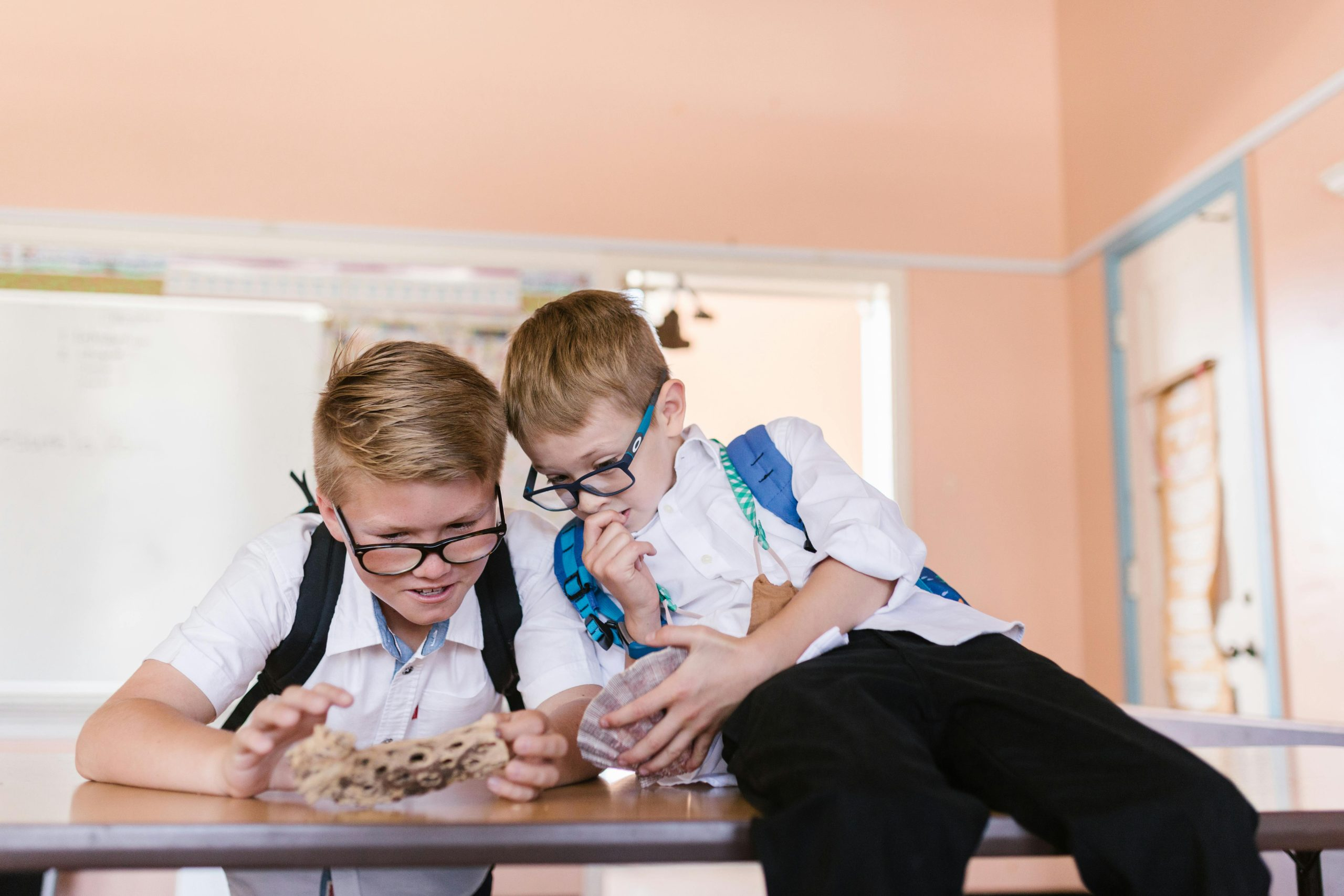Exploring the benefits of a flipped classroom model for deeper learning
In recent years, traditional teaching methods have been challenged by the rise of technology and the changing needs of students. One method that has gained popularity is the flipped classroom model, where lectures and presentations are recorded and made available for students to watch at home, while class time is spent on engaging activities and discussions. This approach has been praised for its ability to promote deeper learning, allowing students to take control of their own learning and actively engage with the material. In this article, we will explore the benefits of a flipped classroom model for deeper learning and how it is revolutionizing the way we teach and learn.
Enhanced Student Engagement
One of the main advantages of a flipped classroom model is its ability to enhance student engagement. With traditional teaching methods, students often passively listen to lectures and take notes, which can lead to disinterest and disengagement. However, in a flipped classroom, students are required to watch the lectures at home, and class time is used for hands-on activities and discussions.
This active learning approach allows students to engage with the material in a more meaningful and dynamic way, leading to a deeper understanding and retention of the material. It also provides an opportunity for students to collaborate and work together, fostering a sense of community and increasing motivation.
Flexibility and Personalized Learning
The flexibility of the flipped classroom model also allows for more personalized learning. With recorded lectures, students can watch and rewatch the material at their own pace, pausing and rewinding as needed. This allows students to take control of their own learning and tailor it to their individual needs.
Furthermore, in-class activities and discussions can be tailored to the specific needs of students, allowing for a more personalized learning experience. This can be especially beneficial for students who may struggle with traditional teaching methods or for advanced students who require more challenging material.
Promotes Deeper Learning
The flipped classroom model is specifically designed to promote deeper learning. By requiring students to watch lectures at home and using class time for discussions and activities, students are encouraged to actively engage with the material and apply their knowledge.
This approach has been shown to lead to a deeper understanding and retention of the material, rather than just memorization for exams. It also allows students to make connections and see the practical application of the material, making learning more meaningful and relevant.
Encourages Independent Learning
Another benefit of the flipped classroom model is that it encourages independent learning. By having students watch lectures at home, they are responsible for their own learning and must come to class prepared to participate in activities and discussions.
This not only fosters independence but also teaches students important time-management and self-discipline skills that are necessary for success in higher education and the workforce.
Conclusion
The flipped classroom model has undoubtedly revolutionized the way we teach and learn. By promoting enhanced student engagement, flexibility, personalized learning, and deeper learning, it has proven to be a highly effective method that is here to stay. As technology continues to advance and the needs of students evolve, it is essential to explore new and innovative teaching methods like the flipped classroom to ensure that students are receiving the education they need and deserve.










